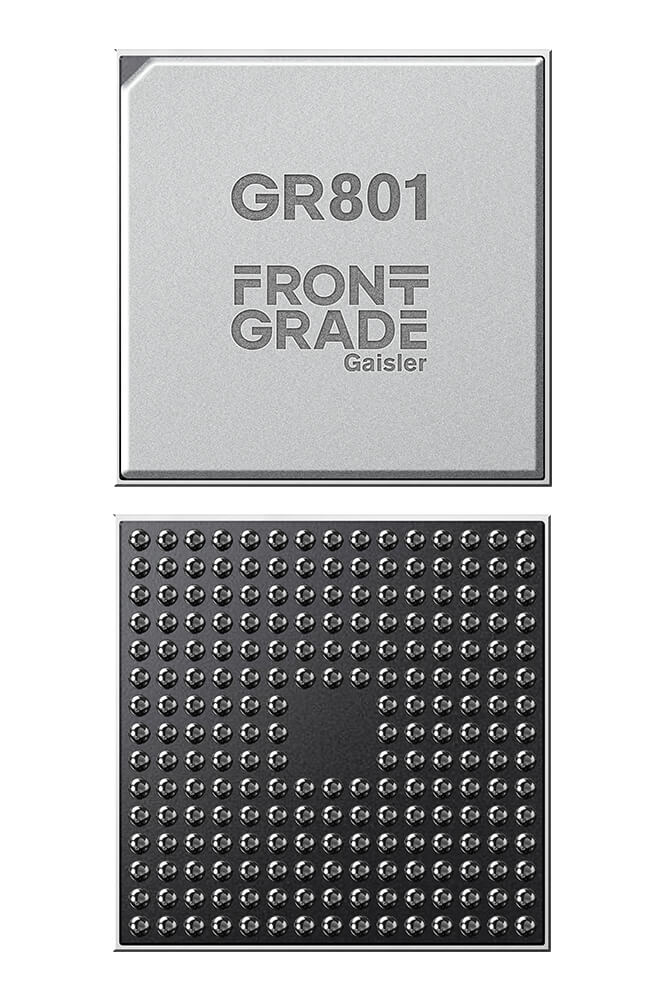With some big names in defence being partnered or linked with us, surely Thales must be hiding in there somewhere

 www.linkedin.com
www.linkedin.com
Air Forces must be ready to ensure control of the aerospace domain.
Thales solutions cover the enter decision making loop (Observe, Orient, Decide, Act), and our Artificial Intelligence drastically enhances each step of the process.
Embedded AI represents a breakthrough in terms of system performance, responsiveness, and adaptability. Thales’ trusted AI is transforming operations while preserving transparency, ethics, and sovereignty. This digital extension ensures the # innovation.
Sign Up | LinkedIn
500 million+ members | Manage your professional identity. Build and engage with your professional network. Access knowledge, insights and opportunities.
Air Forces must be ready to ensure control of the aerospace domain.
Thales solutions cover the enter decision making loop (Observe, Orient, Decide, Act), and our Artificial Intelligence drastically enhances each step of the process.
Embedded AI represents a breakthrough in terms of system performance, responsiveness, and adaptability. Thales’ trusted AI is transforming operations while preserving transparency, ethics, and sovereignty. This digital extension ensures the # innovation.



